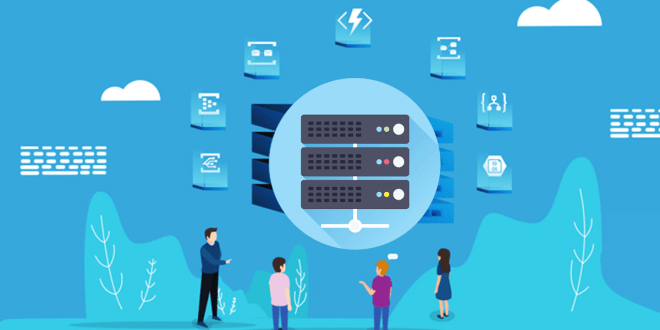Serverless Architecture, contrary to its name, does not mean the absence of servers. Instead, it abstracts the server management away from developers, allowing them to focus solely on code execution. By leveraging cloud services, Serverless Architecture eliminates the need for provisioning and maintaining servers, resulting in reduced operational overhead and faster development cycles.
The Rise of Serverless
The emergence of cloud computing and managed services has paved the way for Serverless Architecture. It is a paradigm shift that enables developers to focus on building and deploying individual functions or microservices without concerning themselves with the underlying infrastructure.
How Serverless Works
At the core of Serverless Architecture lies the concept of “Function as a Service” (FaaS). Developers create small, self-contained functions that handle specific tasks. These functions are event-driven and triggered by specific events such as HTTP requests or data changes. When an event occurs, the corresponding function is executed, and resources are automatically allocated and released, scaling seamlessly based on demand.
Advantages of Embracing Serverless Architecture
Cost Efficiency
Serverless Architecture follows a pay-as-you-go pricing model, where you only pay for the resources consumed during the function execution. This eliminates the need to pay for idle server time, resulting in cost savings for both small-scale startups and large enterprises.
Scalability and Performance
With Serverless Architecture, automatic scaling ensures that the application can handle varying workloads without manual intervention. This scalability allows applications to respond promptly to fluctuations in user traffic, maintaining optimal performance even during peak times.
Rapid Development and Deployment
By abstracting server management, Serverless Architecture accelerates the development process. Developers can focus solely on writing code and deploying functions, allowing them to release features and updates faster, gaining a competitive edge in the market.
Enhanced Developer Productivity
Serverless allows developers to work on independent functions or microservices, making it easier to manage and maintain the codebase. This division of responsibilities enhances collaboration and enables teams to work more efficiently.
Reduced Operational Overhead
With traditional server-based architecture, maintaining servers, handling updates, and ensuring security can be time-consuming and resource-intensive. Serverless Architecture offloads these operational tasks to the cloud provider, allowing developers to concentrate on writing code.
Increased Fault Tolerance
Serverless applications are inherently distributed and resilient. If a function fails, the cloud provider automatically retries the execution. Additionally, functions are designed to be stateless, reducing the risk of data loss and improving fault tolerance.
Key Considerations for Serverless Adoption
Cold Start Issues
Serverless functions may experience a short delay during their first invocation, known as a “cold start.” This is due to the time it takes for the cloud provider to allocate resources for the function. Developers should optimize their functions to minimize cold start times and maintain responsiveness.
Vendor Lock-in
Each cloud provider has its own implementation of Serverless Architecture. While this fosters healthy competition, it can lead to vendor lock-in. To mitigate this risk, developers should design their functions with portability in mind, adhering to common standards and best practices.
Monitoring and Debugging
As server management is abstracted, monitoring and debugging Serverless applications require specialized tools. Developers should invest in robust monitoring solutions to ensure proper observability and quickly identify and address issues.
Commonly Asked Questions
Q1. Is Serverless suitable for every application?
While Serverless Architecture offers numerous benefits, it may not be the ideal choice for all applications. High-performance applications with consistent, heavy workloads might be better suited for traditional server-based architectures.
Q2. How does Serverless ensure security?
Cloud providers implement stringent security measures to protect Serverless environments. However, developers are responsible for securing their code and data within the functions. Proper access control, encryption, and authentication mechanisms are crucial for maintaining a secure application.
Q3. Can Serverless handle large-scale applications?
Yes, Serverless Architecture is designed to scale automatically based on demand. It can handle applications with varying workloads, from small-scale prototypes to large-scale enterprise applications.
Q4. Does Serverless eliminate the need for DevOps?
Serverless reduces the operational overhead, but it does not eliminate the need for DevOps entirely. Operations teams are still essential for managing the infrastructure, monitoring application performance, and handling non-functional requirements.
Q5. Are there any cost considerations for Serverless?
While Serverless can be cost-efficient, it is essential to monitor usage and optimize functions to avoid unexpected expenses. Over time, the cost of serverless operations can increase, making it crucial to manage resource utilization effectively.
Final Words
Embracing Serverless Architecture has the potential to revolutionize back-end development. Its cost-efficiency, scalability, and rapid deployment capabilities make it a compelling choice for modern web applications. Developers should carefully weigh the benefits and challenges of Serverless adoption to make informed decisions that align with their application’s specific requirements.
 webfily
webfily



